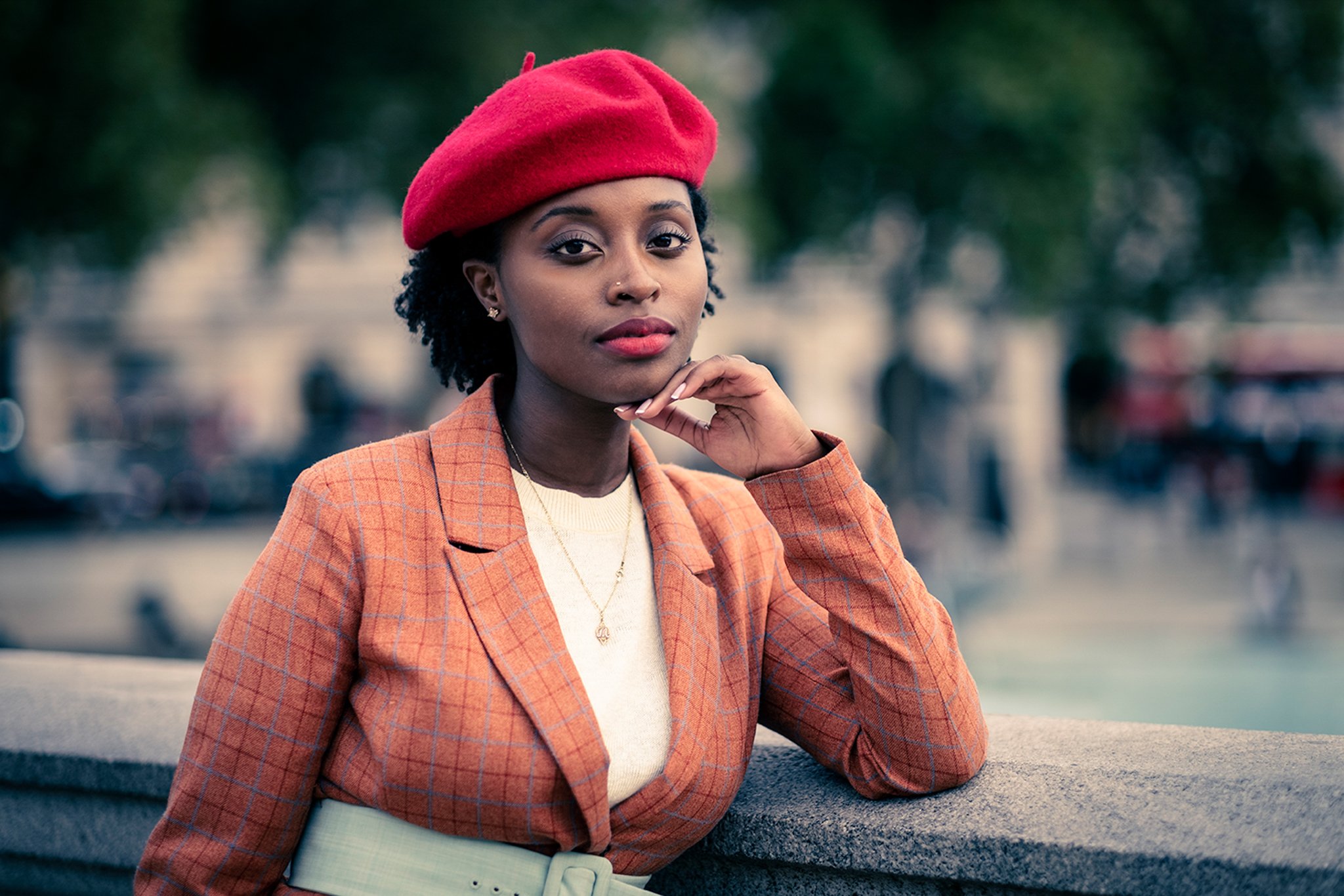Shooting street portraits - 10 tips for success
Shooting street portraits
How many times, when you’re walking the streets, do you see someone who looks really interesting and think ‘I’d love to ask them for a picture’ and then back out? Many of us find this impossible, awkward, difficult or even intimidating. So let’s look at how we can make taking street portraits a little easier.
First of all, what is a street portrait? We usually think of street photography as being mainly candid shooting but a street portrait is picture with the knowledge and usually also the consent of the subject. I know some people will argue that this isn’t strictly ’street photography’ but in my view it is - albeit in the margins of the genre.
This is generally how it works: you see someone who looks interesting - or unusual - or characterful - or photogenic and you walk up to them and ask if you can take their picture. This can seem really difficult at first but, believe me, you get used to it very quickly. And you’ll find that most people are really receptive - I guess they’re usually flattered to be asked - and I find that my ‘yes' rate is almost 90 percent.
Here are my top 10 tips for street portraits:
Set yourself some objectives. Maybe you could treat is as a project using a particular type of person - or a specific location. For some great inspiration, look at the ‘Humans of New York’ project by Brandon Stanton. Sometimes it's helpful to decide on a common style for the portraits - for example, do you want to people to pose to your direction or will you just snap away while you’re chatting to them? Will the background be in or out of focus? Wil it be an environmental portrait where the background plays a crucial role? Will the shots be close-up, half-length or full-length? Will they be looking to camera or off camera? If this is going to be a project, this consistency of style becomes even more important.
Approach people who look good - who have made an effort, who are attractive, who have an interesting or outrageous style etc . It could be fabulous clothes, great hair, an unusual hat, lots of tattoos - whatever it is, they’re likely to be proud of it. And that usually means they want to show it off and will happily pose for you. Seek out the attention seekers!
Approach people in a really relaxed manner and with a smile on your face. If you seem relaxed, they’ll relax; if you seem nervous and shifty, they’ll be starting to have doubts. Smiling is infectious and this initial warmth will go a long way to helping get a successful portrait. So just relax! As you’re approaching people, maybe raise your camera slightly so that your intentions are clear - don’t try to hide it as this can make you look shifty. And again, do this with a warm smile. Be confident and well-practiced in your approach. Know what you’re going to say and how you’re going to introduce yourself. Work out a patter - a script - that works for you and be prepared to explain what you’re doing. And remember, a bit of flattery works wonders. Keep it short, snappy and confident - this isn’t the time for your life story. Oh, and approach people from the front or side - not from the back, which could appear threatening.
Rejection is all part of the game - part of the fun, even. Take it on the chin. As I said earlier, my success rate is around 90 percent but if people say no, that’s no problem and I just move on to the next one. It’s important to respect the rejection - a no is a no; sure, it can be hard to take at first but trust me on this - it really won’t be long before you start to brush negative encounters aside and move on. Some people just don’t want to have their picture taken by a stranger - it’s no problem - plenty do!
Scout around for great light. I see some street portraits which could have been terrific - they had real potential - but were let down because of poor light. Remember, you’re in control of the situation - you’re the art director of this little scene - so you need to be super-aware of where the good light is happening and be prepared to move your subject into it. Some people even carry a small collapsible white reflector in their bag - this can be great for directing some natural light into the face.
Remember that you’re in charge so don’t be afraid to direct people. When they’re posing for a picture, most folks are far more comfortable being directed - “look over there” or “drop your right arm down a bit” or “stand just next that pillar”. If your subjects are being told what to do, they’ll probably feel less awkward and less self-conscious. It’s nearly always a welcome intervention.
Take your time and don’t rush things. Rushing it will add to the nervousness - of you and potentially of your subject - and you’ll always be disappointed that you didn’t get the best possible outcome from the situation. I would generally take several minutes doing a street portrait and in that time I may take a dozen or so shots. Sometimes you’ll get the vibe that your subject is enjoying the experience and they’d be happy to spend longer . . . and this is brilliant. I’ve know photographers spend half an hour or more - just from that chance encounter in the street.
Have some cards made - this will not only make you feel more ‘authentic’ - if that’s the right word - but it’s also a demonstration of your legitimacy as a photographer. I’ve known the card to make the difference between acceptance and rejection.
Be generous. I’ll usually offer to send the subject a copy of the image - it’s a nice quid pro quo for their time and attention. You could also consider having an instant camera with you - like my Fujifilm Instax - it takes a few seconds to take that extra shot and most people love getting that little print in their hands.
Do a street portrait project. I alluded to this earlier and a project can provide the visual glue which holds otherwise random images together. I have strong views about doing street photography projects and this is a case in point!
So there are 10 tips to get you started in street portraiture. It really is fun and I guarantee you’ll have some some really interesting encounters on the streets. I’ve attached a few more of my own recent examples below.
Before I finish, I’ll mention what gear I use. It doesn’t really matter what sort of camera you use - film, digital, full-frame, large format - even Polaroid. But do try be consistent and, if you’re aiming to produce a body of work, use the same lens throughout the project - and ideally the same camera. Whilst for most “normal” street photography I would use a 35mm lens (in full-frame terms), for street portraits I’d be more inclined to use something like a 50mm or 85mm - and one with a fairly wide maximum aperture such as f/1.4.
Oh, and one final point: please don’t ask homeless people for portraits. They’re having a tough enough time as it is and someone sticking an expensive camera in their face is unlikely to make their day any better.
I hope I’ve managed to convey the message that it’s not difficult and it certainly shouldn’t be intimidating. Do give this a try and enjoy they experience.







